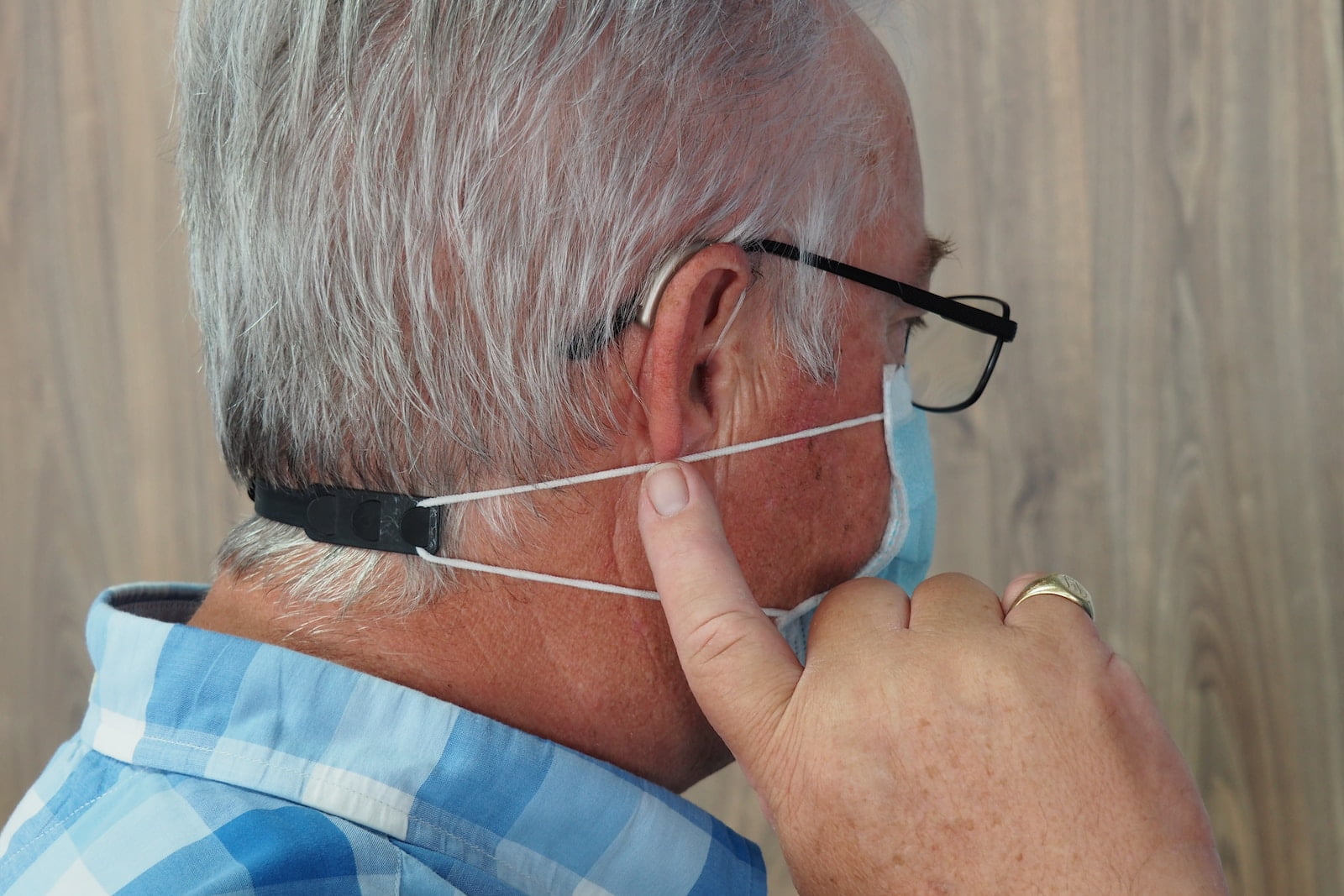
Microsuction is a cutting-edge medical procedure that has gained significant attention in recent years due to its effectiveness and safety in the removal of earwax and other common ear-related issues. This innovative technique has revolutionized the field of ear care, providing patients with a gentle, non-invasive alternative to traditional ear cleaning methods.
In this article, we will delve into the latest research on microsuction, exploring its benefits, procedure, and advancements in the field. We will discuss how this technique has become the go-to option for many individuals seeking relief from earwax impaction and related symptoms.
Microsuction is a procedure performed by trained medical professionals, typically audiologists or ear, nose, and throat (ENT) specialists. It involves the use of a specialized microscope and a gentle suction device to remove excess earwax and other debris from the ear canal.
Unlike traditional ear cleaning methods such as ear syringing or ear irrigation, microsuction does not involve the use of water or any liquid solutions. This makes it a safer and more comfortable option, especially for individuals with a history of ear infections, eardrum perforations, or those who wear hearing aids.
During a microsuction procedure, the patient is comfortably seated in a chair while the healthcare professional uses a high-powered microscope to visualize the ear canal. This magnification allows for a clear and precise view of the ear canal and any blockages or impactions present.
A small, sterile suction device is then gently introduced into the ear canal, creating a low-pressure vacuum that effectively removes the earwax. The entire procedure is typically quick and painless, with minimal discomfort experienced by the patient.
Recent research studies on microsuction have provided valuable insights into its effectiveness and safety, further solidifying its reputation as a preferred method for earwax removal. Here are some notable findings:
Microsuction has emerged as a cutting-edge technique for earwax removal, offering numerous benefits to patients seeking safe and effective ear care. With its proven track record in research studies and high patient satisfaction, microsuction has become the gold standard in the field of ear cleaning.
As further research continues to uncover more insights into the potential applications of microsuction, it is likely that this innovative procedure will continue to evolve and improve, providing individuals with optimal ear health and improved quality of life.
Q: What is microsuction?
A: Microsuction is a cutting-edge medical procedure that uses a specialized microscope and gentle suction device to remove excess earwax and debris from the ear canal.
Q: How is microsuction performed?
A: During a microsuction procedure, the patient sits comfortably while a healthcare professional uses a microscope to visualize the ear canal. A small suction device is then gently inserted into the ear canal to remove the earwax.
Q: What are the advantages of microsuction?
A: Microsuction is considered safe, effective, and minimally invasive. It offers a clear view of the ear canal, can remove stubborn earwax, is suitable for all ages, and does not involve flushing the ear with water or solutions.
Q: What does recent research say about microsuction?
A: Recent research has shown that microsuction is more effective and safer than ear syringing in removing earwax. It has also shown potential in improving tinnitus symptoms and has been preferred by patients due to its comfort, safety, and effectiveness.
On many occasions after providing a full hearing assessment I get asked the question “can…
Microsuction is a safe and effective method for removing earwax and debris from the ear…
Ear wax, also known as cerumen, is a substance that is naturally produced by our…
Ear wax, or cerumen, is a natural substance produced by the ear canal to protect…
Cleaning our ears is an important part of our personal hygiene routine. It not only…
Earwax, also known as cerumen, is a natural substance produced by the ear canal to…
This website uses cookies.